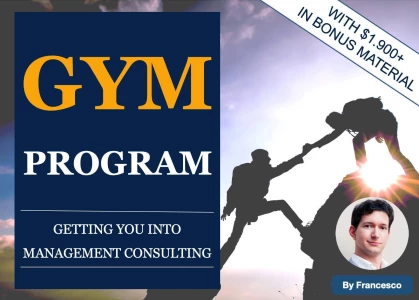Hi guys, I am a student and just started my prep.
I know how usually I am supposed to get myself the information about market size and growth rate in a market entry case. But how am I going to determinate if the market is "big enough" or if it's growing "fast"? I have seen a walk trhough video in which the interviewee looks at an exhibit and states: market is quite small.














